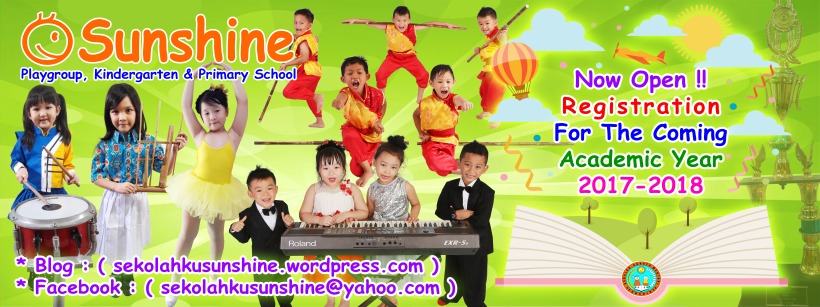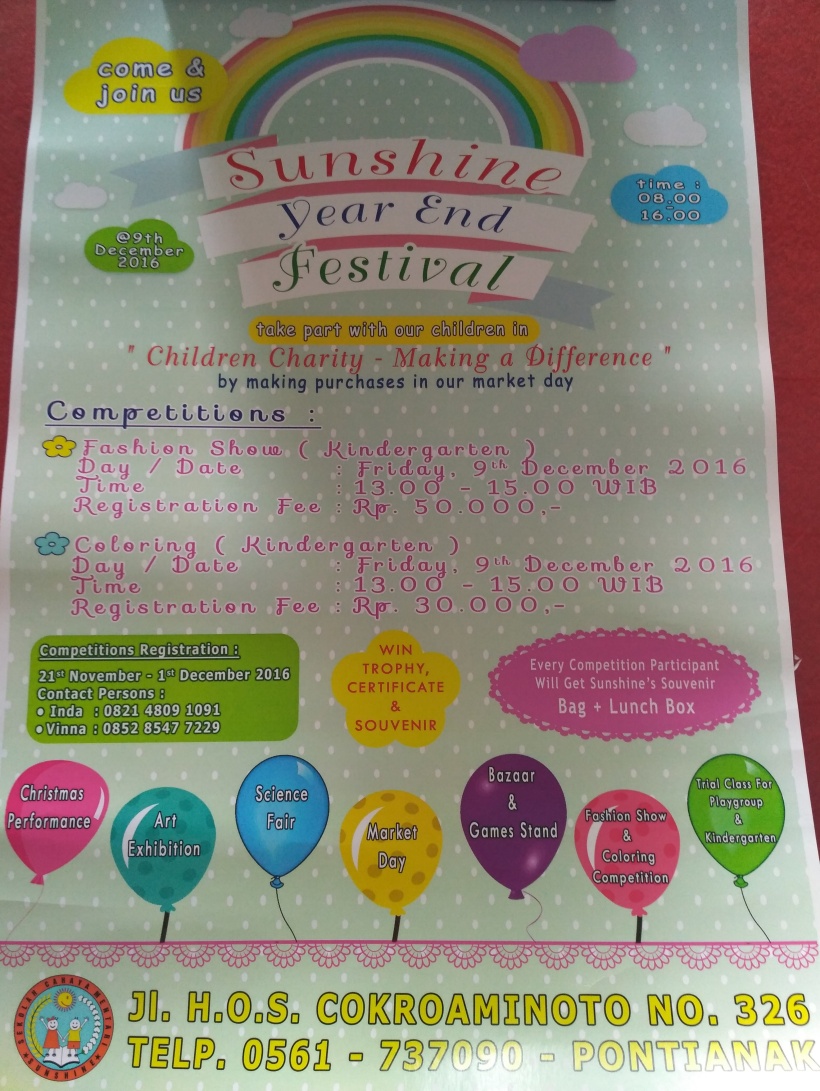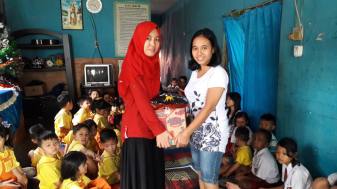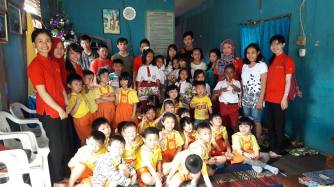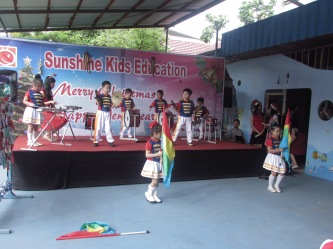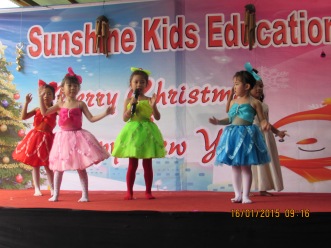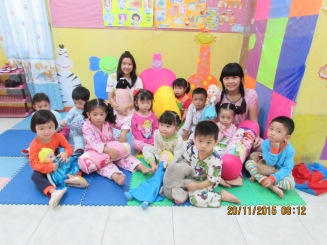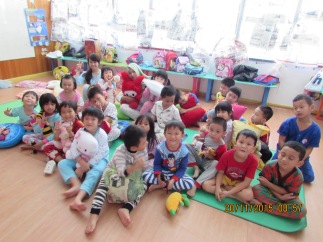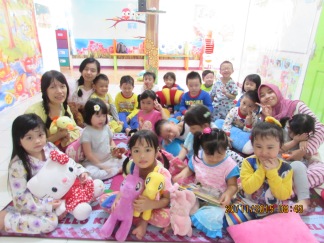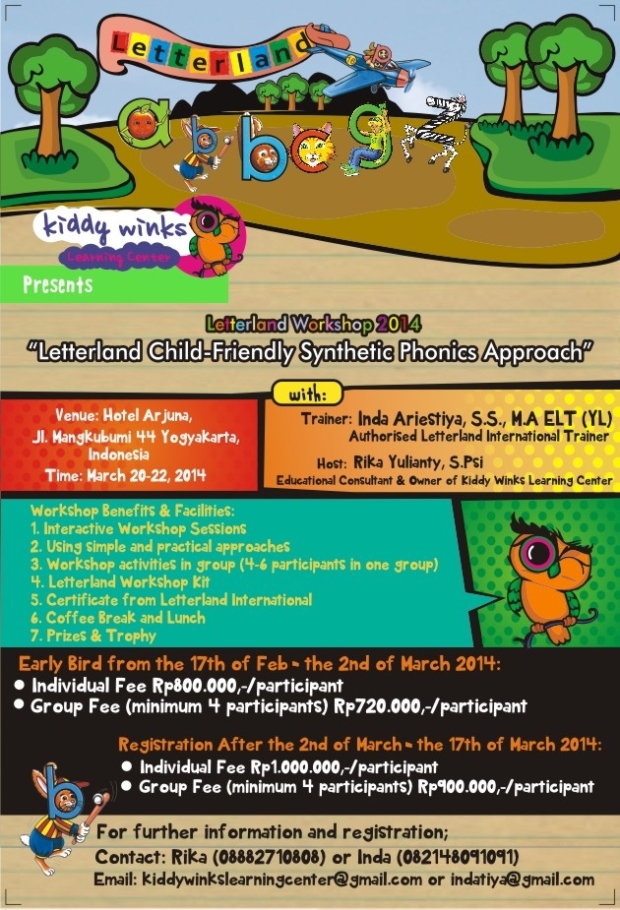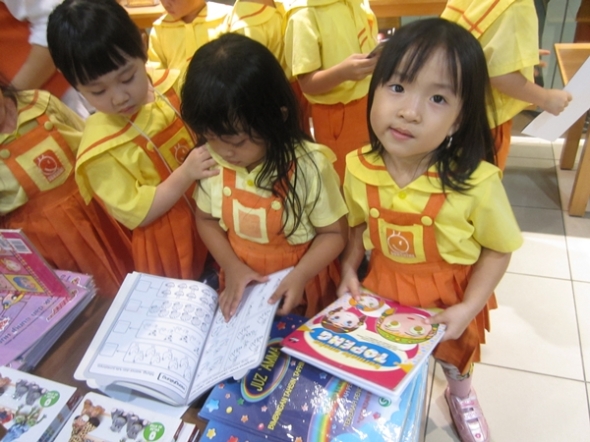
Herewith I want to share some teaching reading methods, you may compare some ways of teaching reading and try to get your own conclusion to find the best way to teach reading.
Teaching Reading Method
by. Inda Ariestiya, S.S., M.A ELT (YL)
There are various methods to teach reading to young learners. For many years children were taught using the alphabetic method. Children learned to recognize and name letters of the alphabet in both upper and lower case. By this method it is assumed that familiarity with the form and names of letters will help children to recognize and pronounce words. By regular repetition of the letter names, this spelling out of words will enable the learner to become familiar not only with the form and name of individual letters “but also become accustomed to meeting certain letter-strings or letter clusters, the component parts of many words”. However, no matter how useful learning letter name is, it is still incomplete (Goodacre, E., 1971:25; Thompson, et al., 1999: 111-112).
This was then followed by additional method of phonics teaching. This is considered difficult in English because there is not “a perfect and invariable correspondence between the letters and their sounds” (Thompson, 1999). Thus, in the UK, in the 80s, phonics teaching was dropped and whole language approaches method became more popular. Yet, in the 90s, it was found that many children were not succeeding in reading. The blame was put on a lack of phonics teaching. Since then, phonics has returned, but combined with top-down and meaning-focused approaches to texts (Cameron, 2001, p. 133).
Nowadays, phonics has become one of the important methods of teaching reading. The study of multiple comparisons for children (5-6 years old) beginning to read with and without phonics, showed that with phonics children are better at spelling low frequency words and non-words. The children without knowledge of phonics seemed to have less well developed procedures for dealing with unknown words (Thompson, et al., 1999: 111-112). Even, Chall (1967) cited in Adams (1998) argued, that when phonics has been taught explicitly and systematically, “it can be successfully used to identify new words not only by slow learning primary students but even by normal kindergarteners and preschoolers” (Adams, 1998, p. 56).
However, the children who were taught by phonics were much slower at reading text and less accurate than the children without knowledge of phonics in reading low frequency words with irregular letter sound correspondences (Thompson, et al., 1999: 111-112). In terms of practice, however, phonics is harder to control. “How much is the right balance and what kinds of instruction are warranted to teach phonics” (Adams, 1998, p. 52-54).
Third is word method, also known as look and say. The basis for word method is to produce meaningful reading (Goodacre, J., 1971:43-44; Brewster et al., 2008, 111). This method emphasizes repetition in order to ensure that the words met frequently, to encourage over-learning. Flash cards are often used for this method to encourage each child to learn and practice saying the word shown on the card (Campbell, 1995, p. 73; Yettreberg and Scott, 1990: 49-51; Cameron, 2001). Reading alouds and using big books can also be done to teach reading with this method.
Fourth is the sentence method, or the extended word method. The sentence method emphasizes meaning by using a complete sentence instead of the word as the unit of meaning. This method tends to attach less importance to letter-names or sounds (Goodacre, J., 1971:43-44; Campbell, 1995, p. 73). This method is more suitable for older learners who have had basic skills in reading. It will be difficult when applied in a very young learners’ classroom.
Fifth is the language experience approach. In this approach, children start reading and writing at sentence level. Its key feature is the child’s use of her own experience as the topic texts. This is used with young children and tries to make print meaningful by encouraging personal events to become part of a simple text; in this approach the emphasis is placed on experience as the basis for learning, and the reading materials are based on the child’s own language. This approach to reading is based on the children’s spoken language. The teacher writes down a sentence for the child to read which is based on what the child has said (Yettreberg and Scott, 1990: 49-5; Brewster et al., 2008, 111; Cameron, 2001, p. 149).

